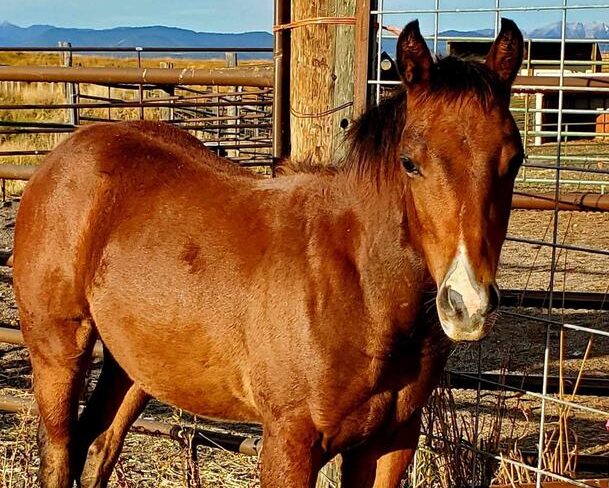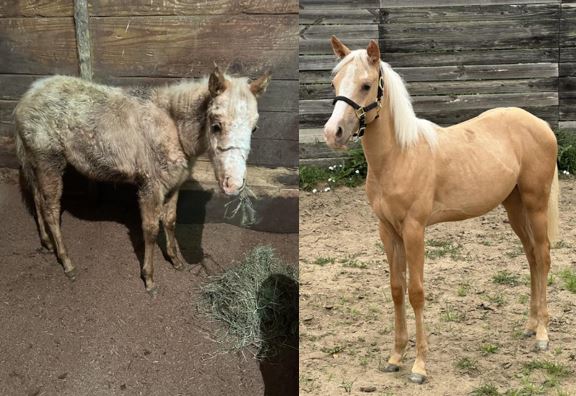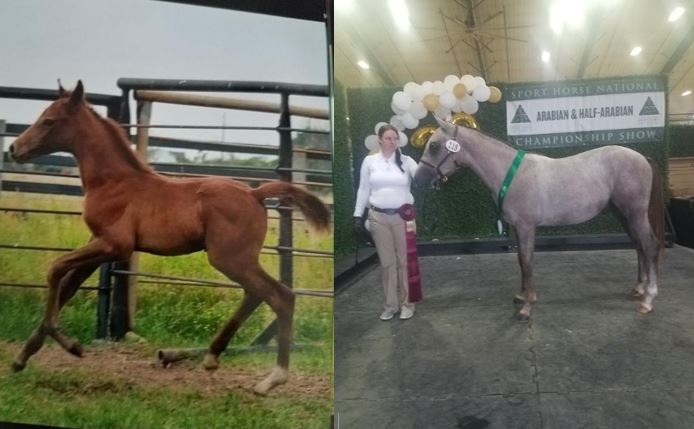
Horse Feed for Growing Horses
What is the best horse feed for growing horses? Find out what ingredients set Nutrena® horse feed apart from other horse feed brands on the market and why we provide the best support for your breeding program, whether you have foals, weanlings, or yearlings.
FAQs About Feeding Foals, Weanlings, and Yearlings
If you’re a horse owner trying to understand the best feed for growing horses, it’s important to read these frequently asked questions about ingredients, diet requirements, and what is guaranteed on your feeding tag. In order to choose the best horse feed for your foal, weanling or yearling, you have to know what factors go into healthy growth and how to compare different products on the market.
-
How do I choose a good foal feed?
Foal feed needs to be focused on providing balance to the diet. OCD’s (Osteochondrosis Dissecans) are something almost all foal owners fear. Foals who grow too rapidly, gain weight too quickly or who have an imbalance in essential parts of the diet (minerals, protein, calories, etc.) can end up with these serious health issues, which can include DOD (Developmental Orthopedic Disease), physitis, contracted tendons and others. Make sure that you are providing a good, digestible source of protein (tip: look for guaranteed levels of amino acids), correct amounts of vitamins and minerals (particularly important are calcium & phosphorus, copper & zinc and selenium & vitamin E) and the right amount of calories for sound growth.
-
What is the difference between a growing horse diet vs adult horse diet?
Growing horses have high nutrient requirements, with quality digestible protein (amino acids) being a very important and significant part of that nutrient requirement. Providing a grain concentrate that is balanced for adult horses may provide too many calories (energy) and not enough of the nutrients (amino acids, minerals, fatty acids, vitamins) the growing animal requires, for a couple reasons:
- Because unlike mature adult horses, youngsters cannot eat as much per meal (small stomach) and may never consume the recommended daily intake
- Because their hind-gut is immature (can’t digest/ferment forages very well) so they are unable to digest and absorb as many of the nutrients from forage as an adult horse does, leaving a nutrient gap in the total diet
The result is a mismatched calorie to nutrient ratio, with too many calories and not enough of the nutrients (amino acids, minerals, fatty acids, vitamins) that they need to grow and develop properly. High calories without the right amount and type of nutrients to support the rapidly growing animal can be problematic. Resulting issues are often experienced as hay bellies, physitis, developmental joint disease (e.g. OCD), contracted tendons, etc.
-
What are signs of a healthy foal?
Healthy newborn foals should:
- Assume a sternal position (be able to sit up on his chest) within minutes of delivery.
- Breathe easily. – slowing from an initial 70 breaths per minute to 40 to 60 minutes within 15 minutes of birth.
- Have red or at least pink mucous membranes, indicating adequate oxygen is reaching the tissues.
- Display a strong suckle reflex within two to 20 minutes of birth.
- Appear alert and display an affinity for the dam.
- Be able to stand within two hours and nurse within three hours.
-
Can you feed growing horses a diet balancer?
Providing a diet balancer or a concentrate specifically designed to support growing horses is a great way to avoid the calorie to nutrient mismatch as well as provide digestible sources of those nutrients. Diet balancers tend to be very dense in their protein, vitamins and mineral content, and very low in calories themselves. This is why crude protein, for example, seems very high (e.g. CP 30%) in ration balancers and can cause concern among horse owners. Fear not, feeding rates for these concentrated products are much lower than a traditional grain formula, providing all of the balanced nutrients needed in a volume that a small stomach can handle, without all of the extra energy.
-
Will too much protein cause developmental disorders in my growing horse?
Having an excess of protein in the diet will cause it to not all be utilized by your horse, and may result in an amino acid deficiency, and makes for an ammonia filled barn due to excess nitrogen being excreted in the urine. Having the right amount and combination of amino acids in the diet is key to supporting optimal growth and reducing metabolic waste.
On the contrary, having an excess of starches and sugars in a young growing horse’s diet is more often associated with developmental disorders. This is why feeding a controlled NSC diet to your growing horses feed program is so important.
Save with our See the Difference Trial
Recommended Products
-
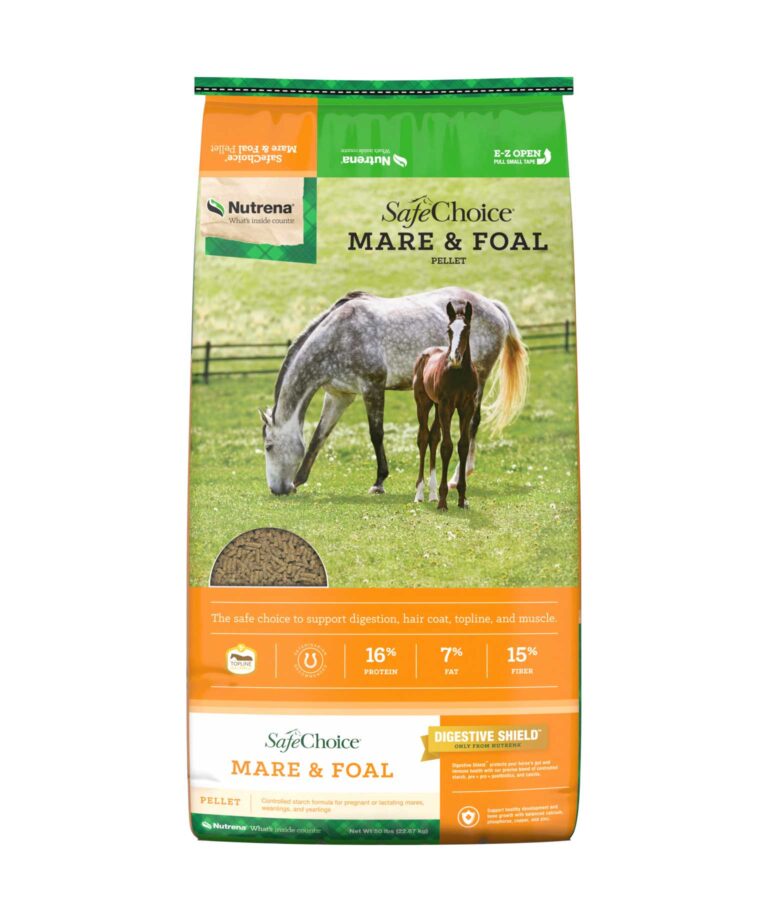 SafeChoice
SafeChoice
Mare & Foal
16.0% Crude Protein15.0% Max Crude Fiber7.0% Crude FatA controlled starch pelleted formula for pregnant or lactating mares, weanlings, and yearlings – now with Digestive Shield™Learn More -
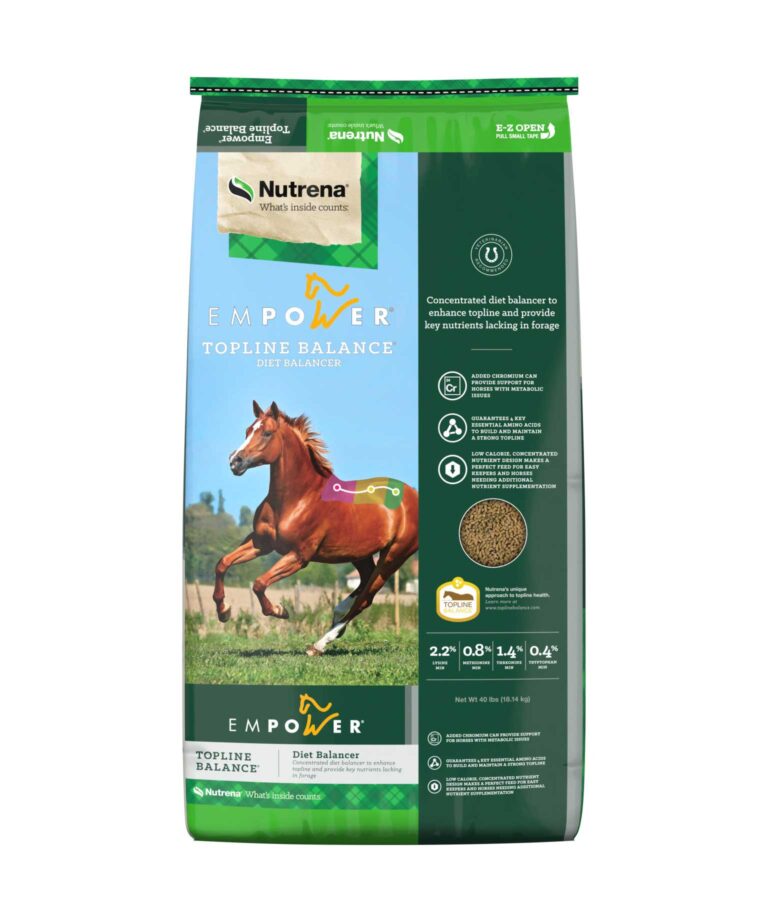 Empower
Empower
Topline Balance
30.0% Crude Protein8.0% Max Crude Fiber5.0% Crude FatConcentrated diet balancer to enhance topline and provide key nutrients lacking in forageLearn More -
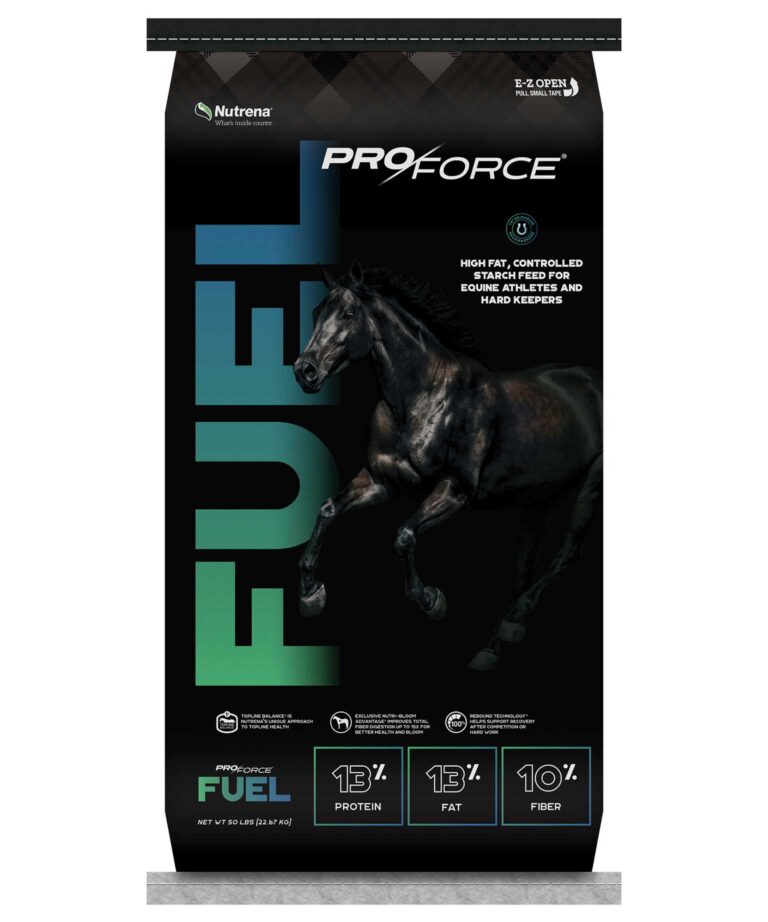 ProForce
ProForce
Fuel
13.0% Crude Protein10.0% Max Crude Fiber13.0% Crude FatHigh fat, controlled starch feed for equine athletes and hard-keepersLearn More
Get a FREE Consultation
Fill out our Contact Us form for an equine nutrition expert to provide 1-on-1 recommendations for your feeding program.
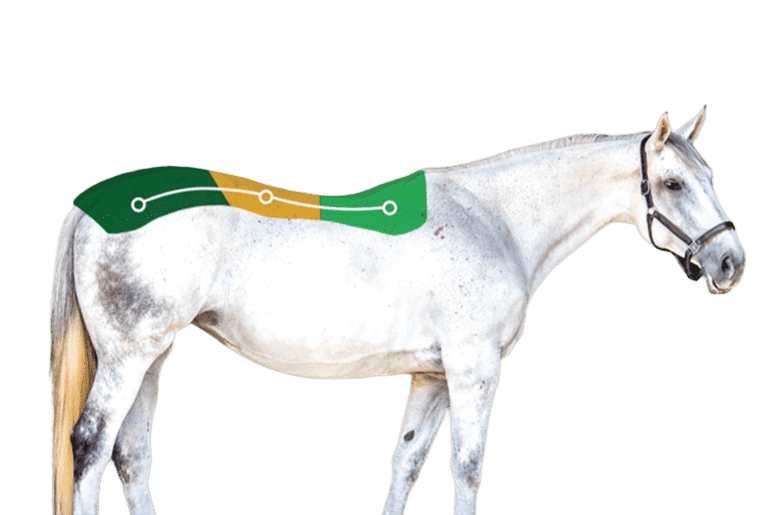
Topline Balance® Technology
Only from Nutrena
Nutrena’s Topline Balance includes a specific amino acid profile to help support healthy topline for proper muscling and core, which can help support your growing horse as they develop. The SafeChoice® family of feeds and our Empower® Topline Balance ration balancer all provide and guarantee three critical amino acids – Lysine, Methionine and Threonine – in levels and ratios designed to impact the topline and entire muscle structure of the horse.
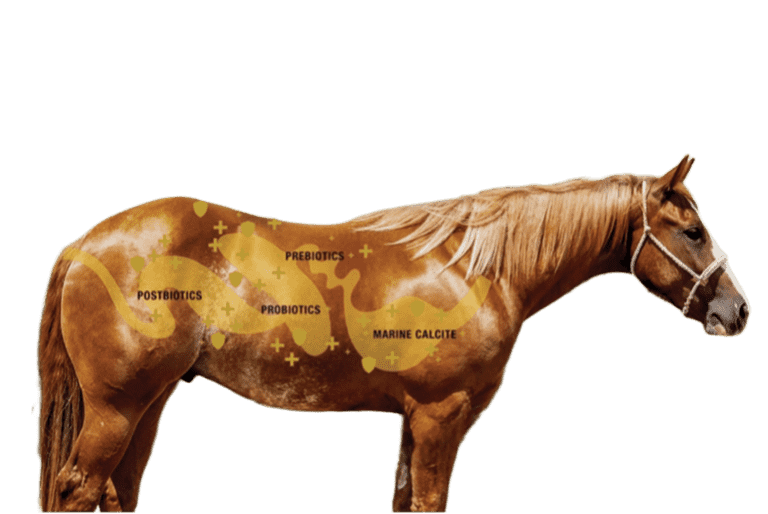
Digestive Shield™
Only from Nutrena
Digestive Shield™ is a new technology, exclusive to the Nutrena® brand, that supports gut health from end-to-end with a unique combination of controlled starch, calcite and pre + pro + postbiotics. Digestive Shield™ is one more way Nutrena® continues to work to promote the health and well-being of horses, including growing horses. Unlike some other feed for foals, weanlings and yearlings, Nutrena SafeChoice® Mare & Foal guarantees pre + pro + postbiotics on our feed tags, so you can support your horse’s immune system and gut health, maintain microbiome and stomach pH, balance digestive system, digestive tract, overall health and performance.
Related Topics
-
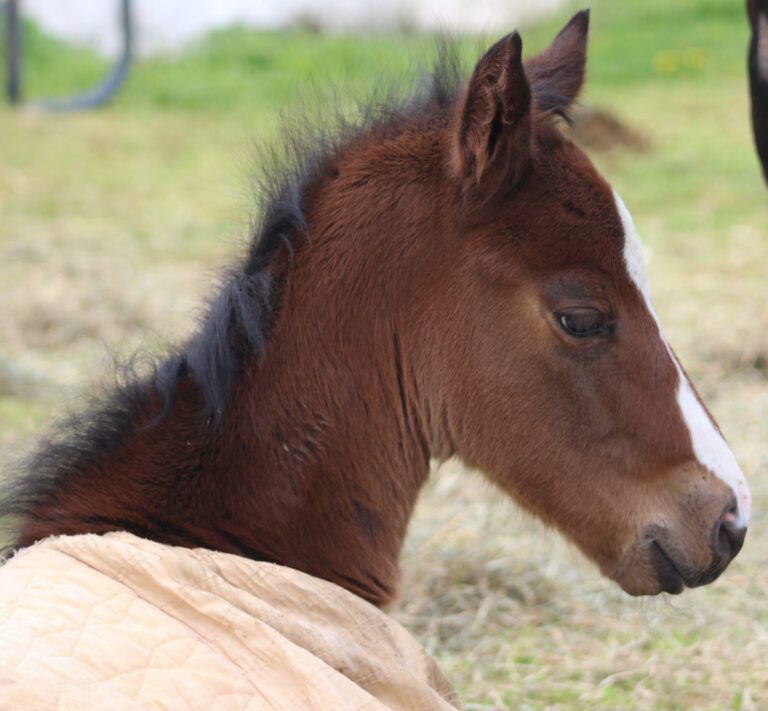
Management Practices for Weaning and Post-Weaning
Weaning and post-weaning is an important time for any equine. That’s why the following management practices should be in place before the foal is weaned to help prepare them for the best nutrition.
View Blog -
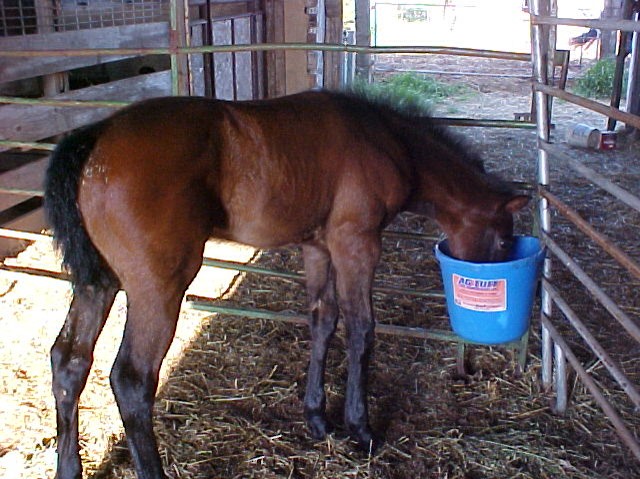
Feeding Foals
The nutrition and care a foal receives in the “baby” stage can affect its whole life, including soundness and development issues that may not become obvious until years down the road. Here is how to start your foal on the right nutritional path.
View Blog -
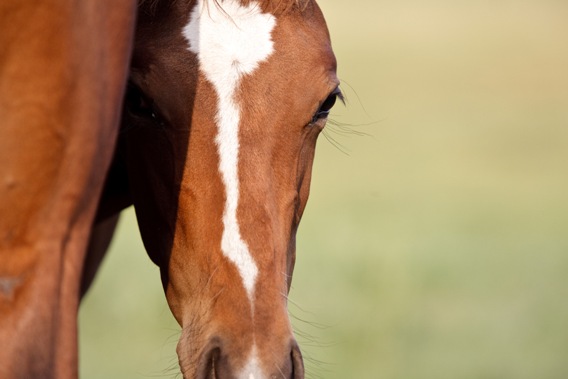
Milk Replacer for Foals
From birth to about 4 months of age milk replacers are a great option for orphaned or rejected foals, or foals needing supplementation. If a mare rejects her foal, these tips can help.
View Blog -
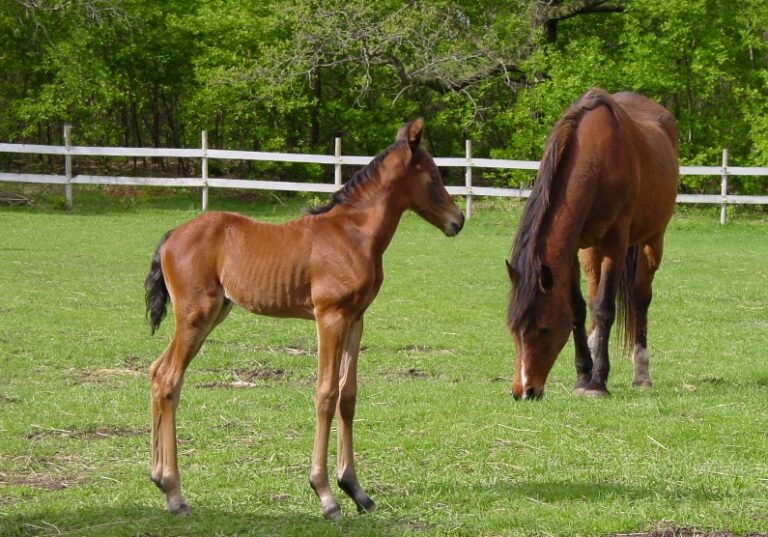
Will Too Much Protein Cause Developmental Disorders in My Growing Horse
Growing horses have high nutrient requirements, with quality digestible protein (amino acids) being a very important and significant part of that nutrient requirement. Read more to learn how much protein is ideal for young horses.
View Blog
*Review collected as part of incentivized campaign

